|
The Egyptian New Kingdom, lasting roughly from 1550 BC to 1077 BC, exploded into being when the last of the hated Hyksos Kings was deposed. The people of the Nile never forgot that shameful period of occupation. Determined never to show such weakness again, they adopted a militaristic, expansionist and aggressive stance - far more so than the Middle Kingdom or Old Kingdom. As such, they reinvented their armies, dispensing with simple levy troops and establishing a standing army of professional soldiers, the ranks swollen by the abundant populace living along the fertile banks of the River Iteru (Nile). Population estimates of 3-4 million indicate that they certainly were never short of manpower (unlike the Hittites), and could field up to or even more than 40,000 men. Here, I take a look at the make-up of this fearsome Egyptian 'war machine'... The PharaohsNew Kingdom Pharaohs were protectors of their lands and people and direct appointees of the Gods. Let's have a look at Seti I, the lord of Egypt in Dawn of War: Seti was certainly quite fond of gathering up honourific titles. . He was addressed as: "Falcon King, He of the Two Goddesses, Horus of Gold, King of Upper and Lower Egypt, Use-mare, Son of Ra, He who rages like a panther". (He who rages like a panther? Reminds me of the time I stepped on an upturned plug.) Seti was a warrior too, personally commanding their armies and leading them into battle. Pharaohs of the New Kingdom took to wearing the distinctive and majestic blue 'kepresh' crown when they went to war. They would also wear a lion's tail in their belt and carry a sceptre and flail, both probably ceremonial - or perhaps practical depending on how battle was going! The DivisionsThis new professional army was so vast and had to cover such a huge territory that it had to be split into divisions. Estimates of these divisions' sizes vary from 5,000 to 10,000. Each division was housed in huge barracks at a particular city in the Nile homelands, and each was devoted to a particular god (much like the Hittites). Also, each division was entirely self-sufficient with its own wing of chariots, archers, medics, priests, mules and wagons.
*The Ptah Division was formed a little later that the first three - probably in response to the ramping-up of tensions with the Hittites. The Command StructureEvidence of rank and structure in the New Kingdom Egyptian army is rather thin and at times contradictory. We know for certain that Pharaoh was top of the tree. He would either lead the army on campaign or appoint a royal relative or otherwise trusted man to do it for him. Indeed, while still a prince, Seti served as battle master for his ailing father, Pharaoh Ramesses I. Below Pharaoh there would have been a deputy and a raft of 'Overseers', 'Commanders' and 'Captains' in charge of thousands, hundreds and even tens of men. The InfantryA foot soldier would have lived day-to-day in a 250-strong unit known as a 'Sa'. Egyptian infantrymen were typically either spearmen or archers. The spearmen came in a few forms:
The archers of the New Kingdom armies were just as lethal as the spearmen. There were many native Egyptian bowmen, but there were also plentiful foreign archer regiments too - especially Nubians and Libyans. ChariotsThe Chariots were to the New Kingdom armies what lancers were to the Normans, or tanks to the soldiers of WW2. They were swift and terrifying to behold: imagine two snorting horses bedecked in bronze and leather thrashing towards you, a warrior and a driver aboard intent on piercing your heart with a spear or arrow, all while the ground under your feet shudders as if the world is about to end! The Egyptian chariots were honed for speed. The cabins themselves were feather-light and the steering mechanisms deft and nimble. Typically, a 25-strong Egyptian chariot wing would be assigned to each infantry Sa. In battle they would rove across the battlefield, peppering enemy vehicles and foot soldiers with arrows, veering clear of attempted counter attacks or plunging into vulnerable enemy ranks. Ironically, these devices were only introduced to the Egyptian world thanks to the earlier Hyksos occupation! In total, Pharaoh could muster as many as 5,000 chariots The NavyThe Egyptians maintained a powerful navy - vital to control trade and piracy and to allow its armies to sail up the coast of Retenu (the modern Levant) and reinforce any trouble spots or to launch a campaign. The Nile delta served as a perfect Naval launching point, and there was a giant royal dockyard near Memphis. Naval tactics were much like chariot tactics: sail past the enemy at speed, showering them with arrows, avoiding contact. So, I hope that sheds some light on the military capacity of the New Kingdom. Do leave a comment or get in touch if you have any further questions. Thanks for reading!
Many thanks to Osprey Publishing for their continued excellence in illustrating long-gone eras. If you'd like to experience life in the era of the New Kingdom and the Hittite Empire, why not try my Empires of Bronze series? Book 2, Dawn of War (banner below) is out now!
2 Comments
wow guy
10/18/2021 04:54:03 pm
wow guy is-int in there
Reply
Leave a Reply. |
AuthorGordon Doherty: writer, history fan, explorer. My Latest BookArchives
March 2023
Categories |
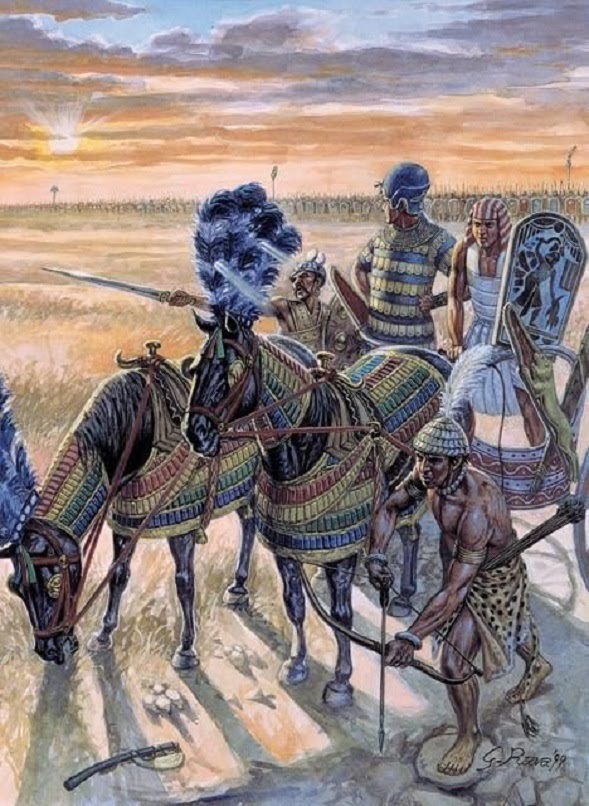
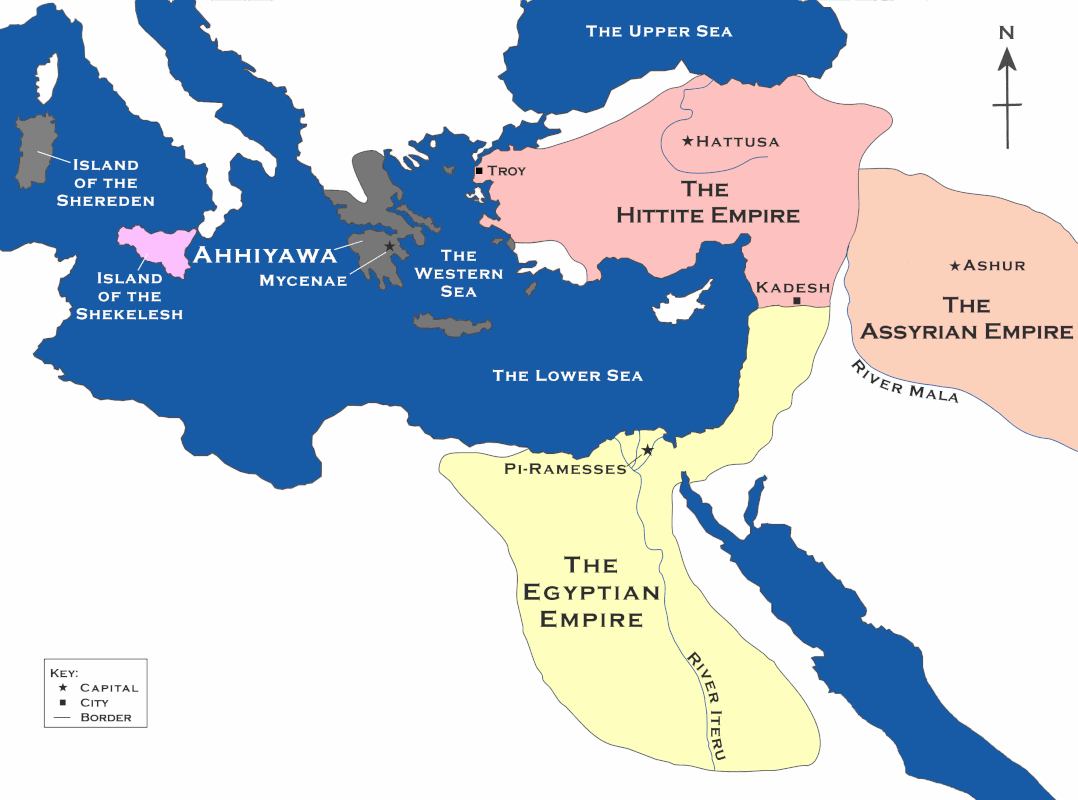
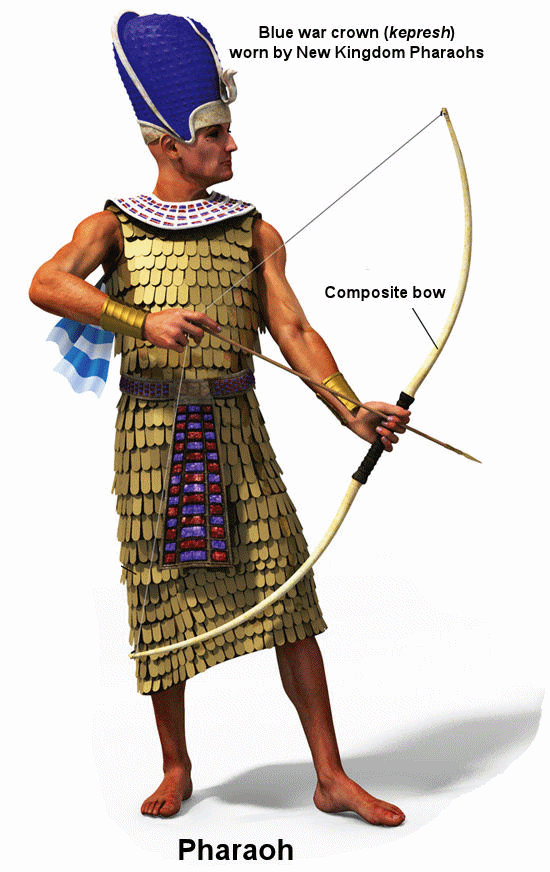
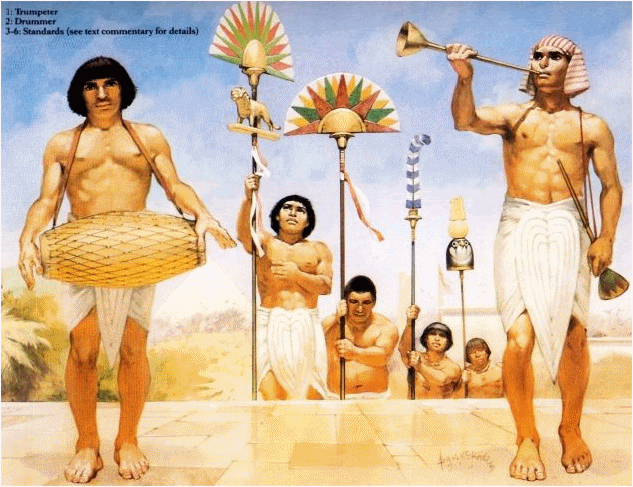
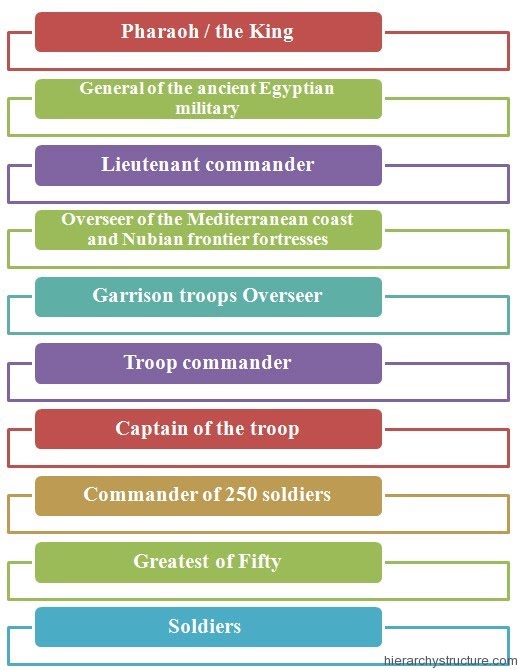

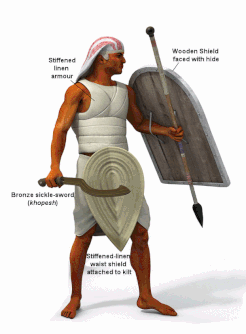

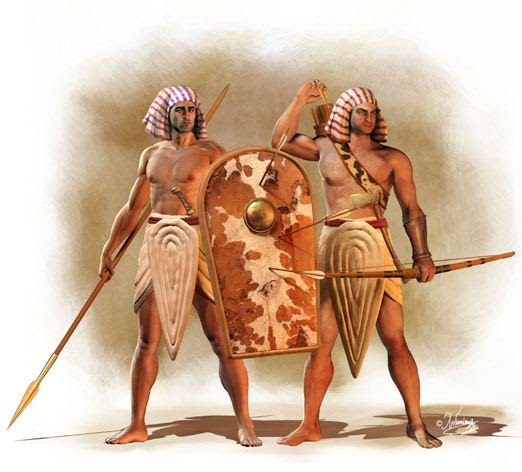
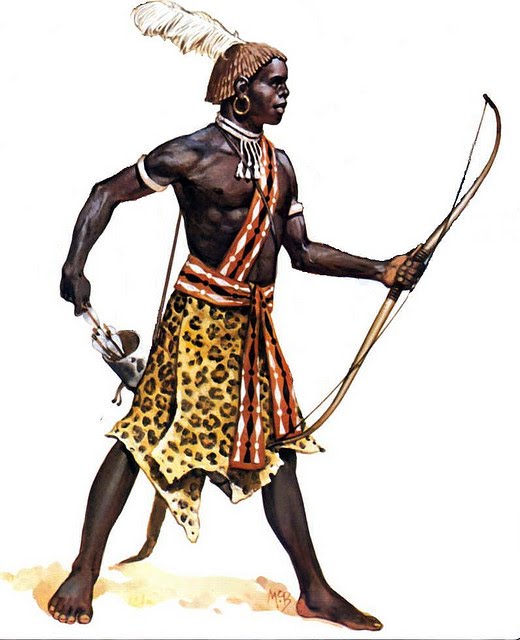
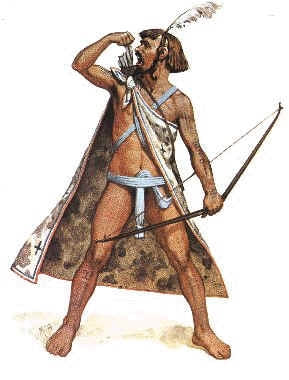
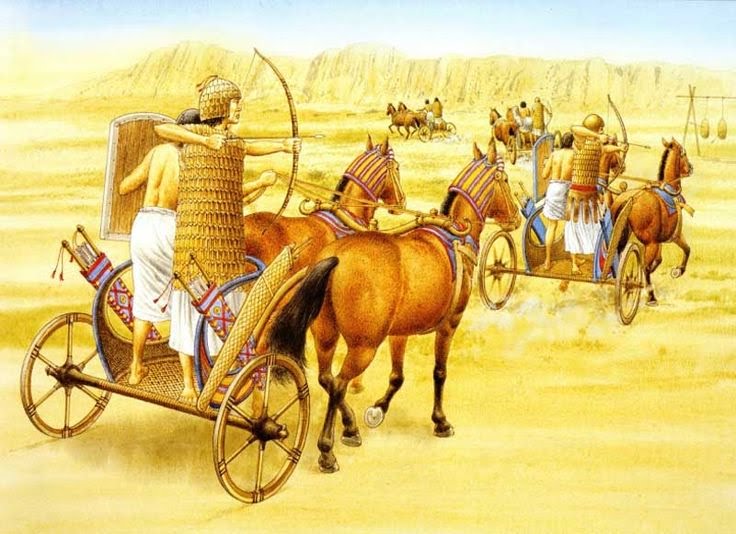
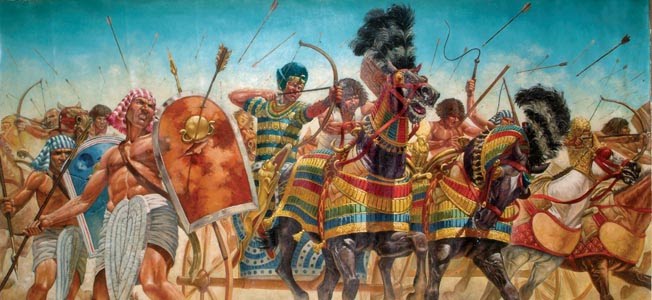
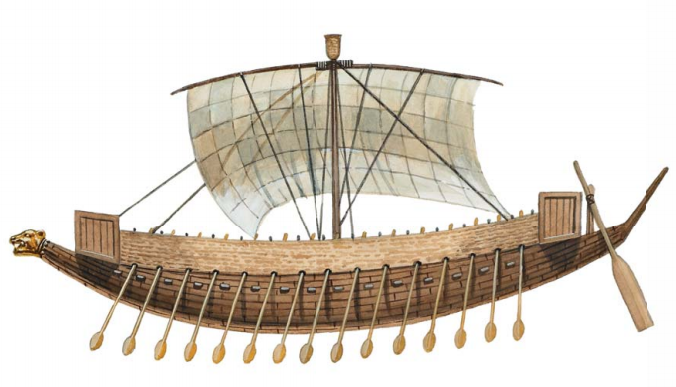
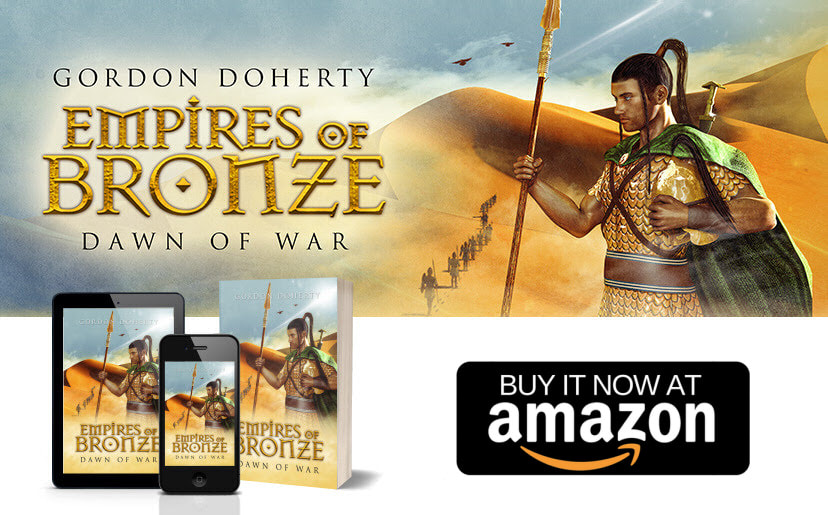

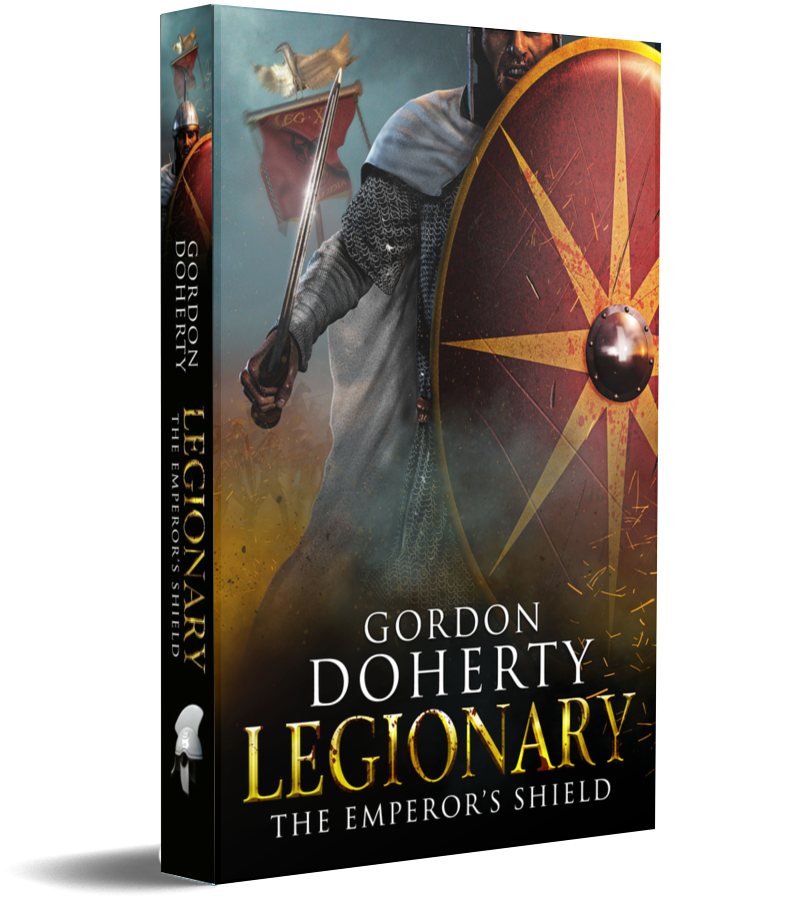
 RSS Feed
RSS Feed